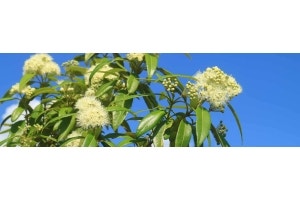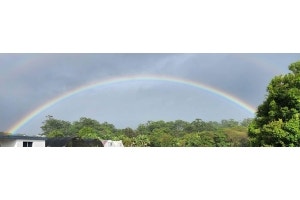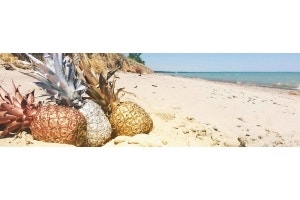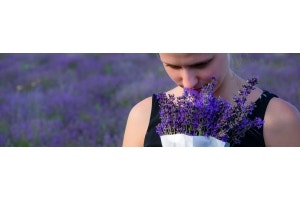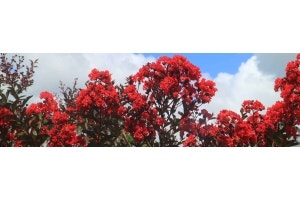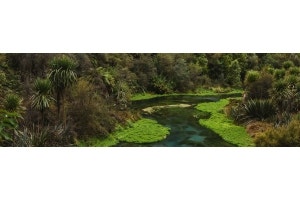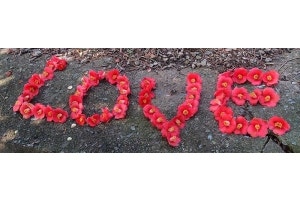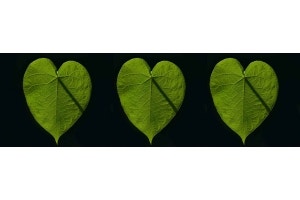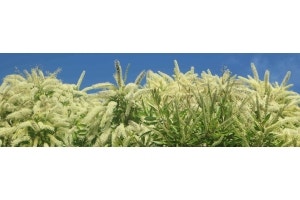

Many structures, from the UK's mysterious Stonehenge, to Mexico's Pyramid of the Moon, to the urban Manhattanhenge in New York are aligned along the midsummer axis - when the midsummer sun rises, it shines a ray of light through the buildings.

Midsummer Floral Rituals Around the World
Many civilisations throughout time have marked the midsummer solstice with rite and ritual, ceremony and celebration.Thankfully these no longer involve human sacrifice, and many place flowers and plants front and centre of the day's festivities.
In the northern hemisphere, especially in European latitudes above 45 degrees north, Midsummer has been a day of celebration and festivity since ancient times.
Well, if you don't see much sunshine as a rule, you make the most of it while it's around!
And when it's daylight at midnight, it's a great time to dance and party - traditional steps in couples, pairs, and hand-holding rings, or something more freeform.

Bonfires play a big part in many Midsummer celebrations, not least to ceremonially purge the old half-year, and cleanse the ground in preparation for the new half year. This bonfire is burning at 9pm on Midsummer in Lapland, land of the midnight sun.
image: Ninara

If you like the idea of bunches of fern fronds decorating your home, you'll love our post on Pteridomania - Fern Fever, the Victorian craze for all things fern.

"Midsummer Eve [is] probably the most popular festival day in Sweden.
Midsummer is an old pagan celebration, dating back to the Viking Era.
It was a fertility rite originally, where the May pole was a phallic symbol, "impregnating" Mother Nature.
It was hoped that this would help to give a good harvest in the autumn.
Apart from the traditional details, this is a time of the year when Swedish people come alive in spirit in a kind of mass phenomenon...
it is hard to see a sad face on Midsummer..."
image: Mats Adamczak
quote: Filippo C

Sometimes all green, made from branches and vines; sometimes woven with ribbons or decorated with flowers, depending on local tastes and availability of flowers and leafy branches after the winter.
There's quite a few variations in style, as you can see - hoops of decreasing size, a triangle with corner loops, a pyramid forming a tree silhouette, a cross with loops, and often just a simple leaf-clad cross or pole.

"This is the classic Swedish Midsommar (Midsummer) design, used on shirts and many other items. It has all of the traditional elements, a Midsommar pole (Majstång or Midsommarstång), Dala horses, boys and girls in costume, the word Sweden in English and Swedish, lots of flowers, and of course the Swedish flag.The girl on the right wears the "national" costume designed around 1900.
The girl on the left has a traditional regional costume, or an imitation of one. Midsummer Eve (Midsommarafton) is a legal holiday in Sweden.
It is a Friday close to June 21."
image and quote: Roger W

Many pole dancing activities around a greenery-decorated maypole have their roots in fertility rituals and ceremonies, for births over the coming year, and to encourage good autumn harvests for the crops.
Incidentally, there's also a lot of traditions around midsummer that incorporate nakedness, presumably as an encouragement to fertility - so if you plan on recreating those, remember to slop and slap even if you don't slip!

images: Balp Allen ; Filippo C ; Lisa Risager ; Mats Adamczak



"In Latvia, the celebration of Jāni (both St. John and a mythical all-father sort of dude who is supposed to show up on the morning of the 24th of June) is probably almost as big as Christmas. On Jāni, we are all John’s Children (Jānu bērni)!"
images: Saeima
quote: Jeff Grinvalds

Oak can be used to make flour, ink, barrels and corks. Its bark can tan leather; its roots can grow truffles. It's a longlived tree of immense proportions, perfect for furniture and shipbuilding. It's the national tree of fifteen countries.
Birch can be used to make canoes, beer, and paper. Its oil can waterproof leather and fabric. It's a pioneer tree that can quickly regrow areas damaged by fire or destruction. It's the national tree of Finland, Russia, Sweden.
Sometimes twigs and short branches are bundled into simple bunches.
Sometimes leaves and pliable stems are fashioned into flower crowns and wreaths, as the Latvian oaks above.


So why not take a green leaf out of the Scandewegian's book and hunt for seven flowers blooming in your garden, to put under your pillow.
(If you find fourteen, does that snag you TWO husbands? Try it and see!)
If you only place one flower under your pillow, lavender is helpful for promoting calm restful sleep, so you'll wake up refreshed. But single.
image man with bunch: Mattias Jansson

a "kaleidoscope of joyous human expression" as the organisers say -
but beneath the lycra and facepaint there are glimpses of old pagan celebrations...
Why not start your own Midsummer tradition?
















